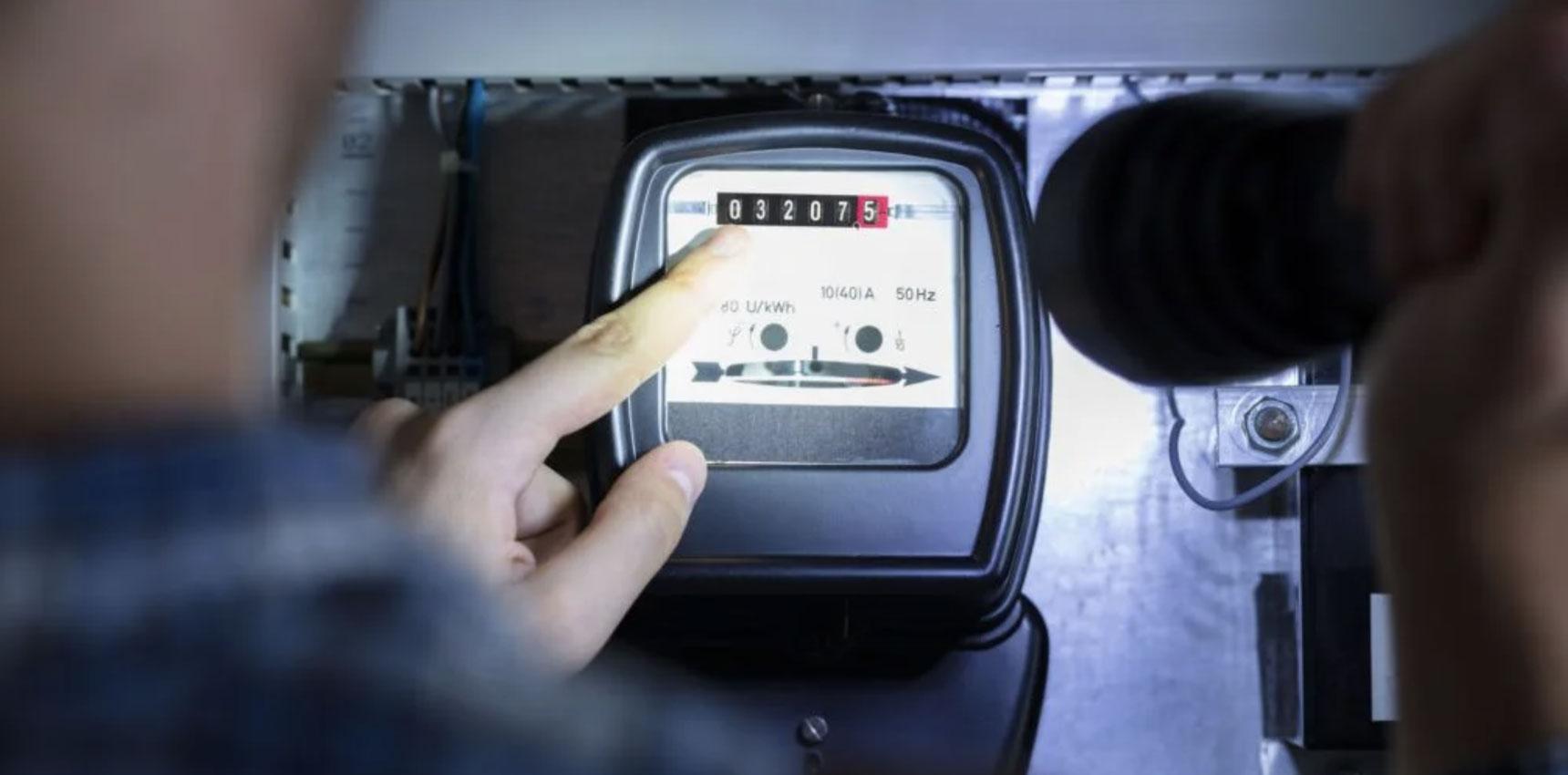Raphael Magnus, Managing Director at Safe-Electric, looks at the legal and ethical reasons that dictate the value of a properly designed electrical system.
In my experience, too many electricians don’t bother designing, preferring instead to use the old ‘guestimate’ method while completely ignoring that statutory document that so few take any notice of – HSR-25 – otherwise known as the Electricity at Work Regulations 1989.
As an electrical professional, the greatest defence that can protect you is proof of design, yet this is often completely ignored because nobody allows for the cost of doing it correctly, so why bother?
Legal ramifications
The answer to that question becomes very apparent when it goes wrong – wait and see how quickly designers are then asked to produce something to cover you because it got legal. Unfortunately, doing something after the fact won’t be enough to protect you; by that stage, it’s too late! The BS 7671:2018 Amd 2 ‘Brown Book’ Regulation 132 design (page 24) makes it very clear that electrical systems need to be designed before installation.
When I speak to electricians I’m often asked: “What has that got to do with us?” followed by the cry: “We only have to deal with BS 7671 and that isn’t law, it’s just a BS code!” Well, let’s see how that stands up when you’re in a court of law waiting to find out if your life is about to be destroyed before your eyes.
In the opening statement of HSR-25, the very first paragraph says: This new edition of HSR-25 will help duty holders meet the requirements of the Electricity at Work Regulations 1989. It will be of interest and practical help to all duty-holders, particularly engineers (including those involved in the design, construction, operation, or maintenance of electrical systems), technicians and their managers.
This means all of us!
Furthermore, it states under the SCOPE in HSR-25:
7
The Regulations apply to all electrical systems and equipment (as defined) whenever manufactured, purchased, installed, or taken into use, even if its manufacture or installation pre-dates the Regulations.
8
BS 7671 Requirements for electrical installations are also known as the IET Wiring Regulations. They are non-statutory regulations which ‘relate principally to the design, selection, erection, inspection and testing of electrical installations, whether permanent or temporary, in and about buildings generally and to agricultural and horticultural premises, construction sites and caravans and their sites’.
9
BS 7671 is a code of practice which is widely recognised and accepted in the UK and compliance with it is likely to achieve compliance with relevant aspects of the Electricity at Work Regulations 1989.
Looking through Guidance Section 11 in its entirety, I’ll draw your attention to Fault Level 174 and the following small extract: The design of the protective arrangement must also provide form sufficient current to be available to operate the protective devices correctly in respect of “all likely faults”.
That is the key wording here.
Now bear in mind that without a proper upfront design and proof, you will not have a leg to stand on in a court of law, and forget rule 29 protecting you – it won’t!
There are far too many installations where Guidance 14 – 205 is ignored, and not even considered in any design or operational conditions.
Extracts from HSR-25-2015
Ignoring the bits of BS 7671 just because you don’t like them is going to cost you extra money to do it correctly/safely, unless you can justify fully and prove categorically with design calculations that what you have done is correct/safe!
In bad circumstances, those who argue that you cannot be prosecuted under BS 7671 because it’s only a BS code need to think again!
You WILL be prosecuted under The Electricity at Work Act 1989 for non-compliance with BS 7671:2018 Amd 2-2022. Yet it’s something that many duty holders and the vast majority of electricians I speak to have no idea (or even care) about, in terms of how it affects what they do and their decisions. You may also be interested to know that under the CDM-2015 regulations, all designers must ensure the system is safe, and you must be able to prove this in a court of law.
Even, if all you’ve done is add a spur-off-the-ring circuit, can you prove with documented calculations and design evidence that you’ve checked this is safe before installation?
There are numerous building acts that we have a legal responsibility to ensure we comply with, even if we don’t know about them. Yes, you heard that right, even if we don’t know about them. Under English law ‘ignorance of the law is no excuse’ so the use of statements like: “I did not know” or: “It was going to cost us too much, that’s why we did it that way” is not acceptable in your defence.
This has been proven many times in our courts. So often I hear: “But that’s what the client wanted!” It doesn’t matter – you’re the one who installed it, and you’ll be the one to take the legal responsibility at the end of the day. My advice in that situation is to stand up and stop allowing clients to force you in a direction that you know is potentially unsafe, all because of cost. You must learn to say “NO”!
Many in our industry are trying hard to return to the basic principles of safety and high standards so that we can overcome the dangerous cowboy mindset that has crept in that cheaper and faster is better. It never is, and you’ll always end up paying twice the price just to put it right.
Written by Raphael Magnus of Safe-Electric for Professional Electrician & Installer. Safe Electric are a member of Peterborough Business Directory.





